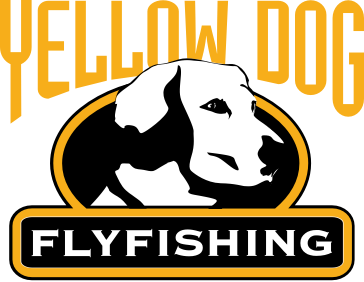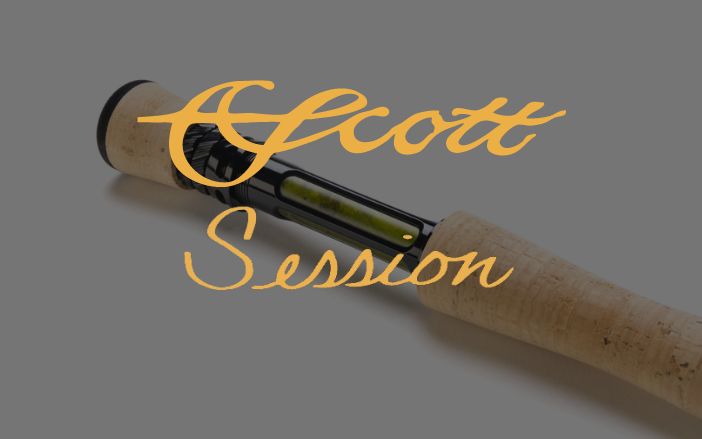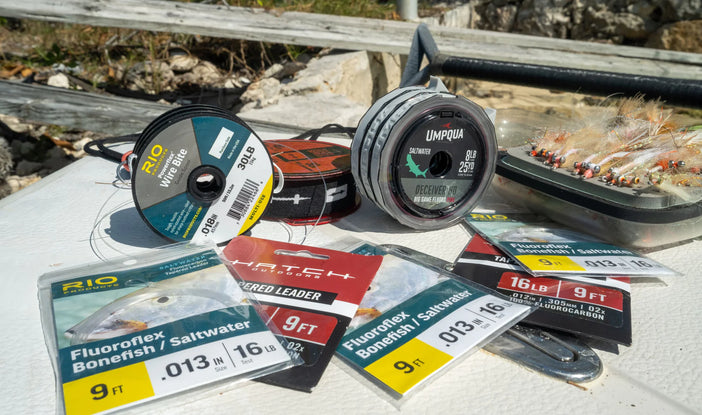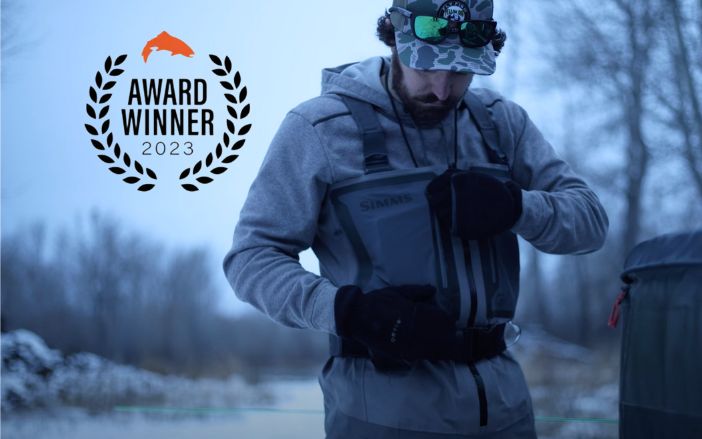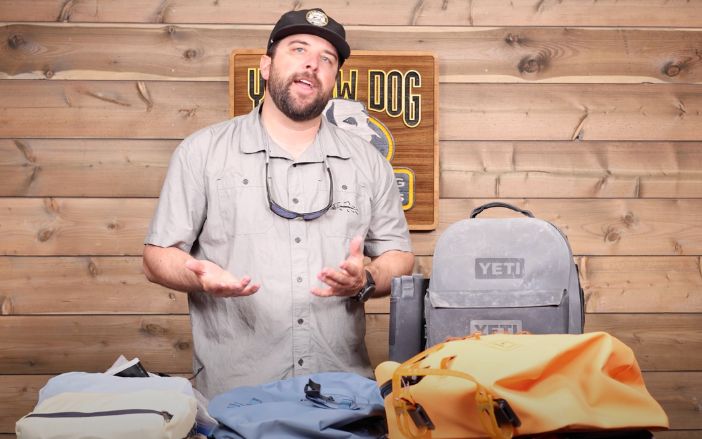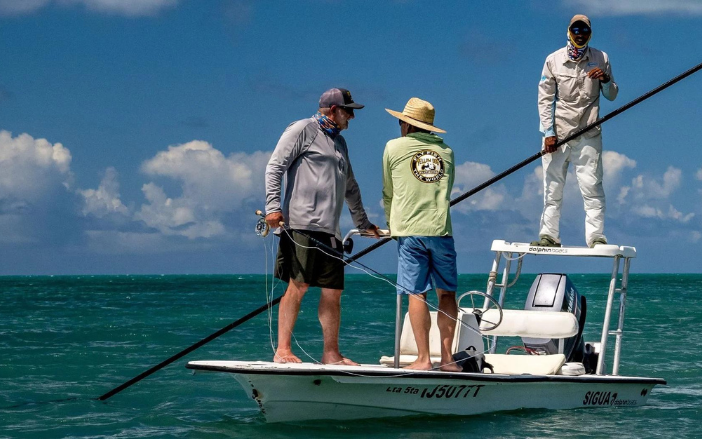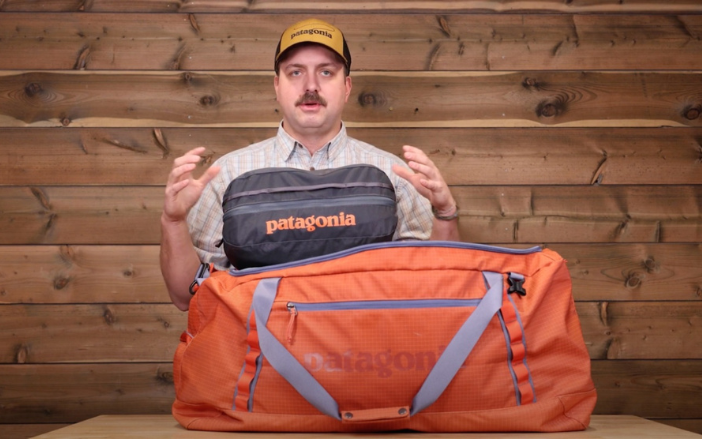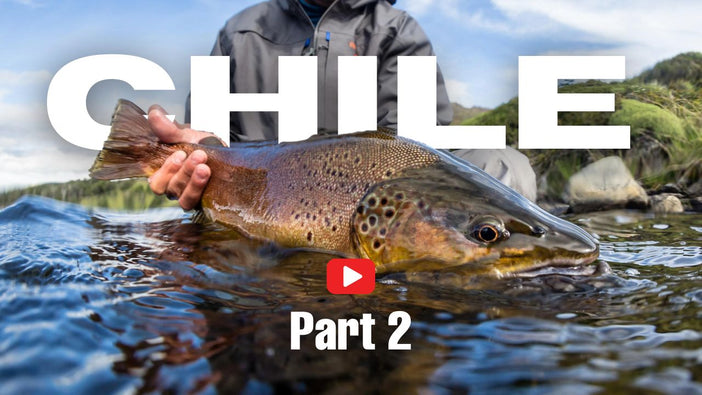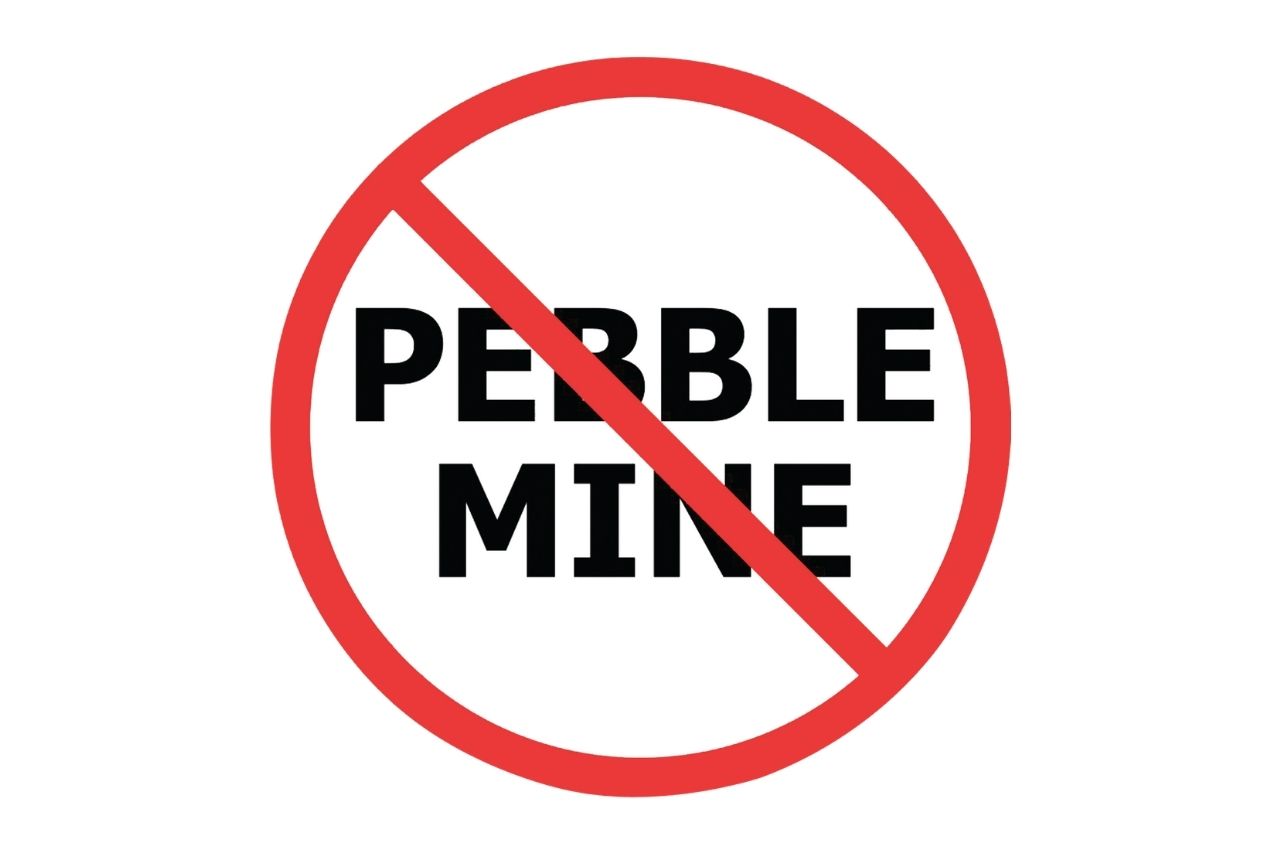By Sam Snyder, PhD (Wild Salmon Center) and Scott Hed (Businesses for Bristol Bay)
The fly fishing community has long been engaged in the campaign to protect the world’s most productive wild salmon fishery in southwest Alaska’s famed Bristol Bay region. This battle has been waged for a decade-plus with many twists and turns. While 2020 has been a year like none other, this summer saw another bumper crop of wild sockeye salmon return to the rivers of Bristol Bay – with a run of nearly 58 million fish recorded as of July 30. This article will attempt to provide a brief historical review of the fight against the proposed Pebble Mine, some details on recent events, and a look into a still uncertain future for Bristol Bay.
How We Got Here – Cliff’s Notes Version Between 2010 and 2014, the diverse coalition fighting for Bristol Bay elevated the issue and mobilized citizens across the country to engage the federal government and US Environmental Protection Agency to use their authority under section 404 of the Clean Water Act to restrict mining in Bristol Bay. Pebble predictably sued, and due to a change in presidential administration and massive lobby spending by the company, the Trump administration reversed course, settled out of court, and cleared the way for Pebble to pursue their permits.
Over the last two-plus years, the campaign employed scientists and legal experts to document every legal and scientific misstep in the permitting process, notably the Environmental Impact Statement for the Pebble Mine. Through drafts and into the Final version (FEIS), Army Corps cut corners, ignored key scientific questions, and generally glossed over the significant impacts that Pebble would have on Bristol Bay. Federal and state agencies roundly criticized the EIS through the process, with the US Dept. of Interior declaring that it was so deficient that it “precludes meaningful analysis.” As bad as the FEIS is, it still concludes Pebble’s plans would result in the loss of over one hundred miles of streams and thousands of acres of wetlands.
Just when it looked like Pebble would reap the ill-gotten rewards for the skids being greased under the fatally flawed permitting process, things got interesting and roadblocks began popping up. Congress has taken an interest in this situation and is attempting to restore sanity to what has been a rush to grant Pebble’s wishes. For the second consecutive year, the US House of Representatives included spending restrictions on Pebble’s permit in the budget (now in the hands of the Senate). Shortly thereafter the House Oversight Committee requested that Inspectors General of EPA, Army Corps, and Department of Defense investigate political wrongdoings in the Pebble permitting process.
In late summer, an unlikely collection of notable figures from Donald Trump, Jr. to Jane Fonda to Joe Biden took to Twitter to decry Pebble and call for the protection of Bristol Bay. On August 24th, exactly 30 days after the release of the FEIS, U.S. Army Corps of Engineers delayed the final permit and issued a letter outlining mitigation standards that Pebble should meet before proceeding.
Suddenly, in a shift of stance on Pebble, the Corps recognized that Pebble will cause “significant degradation” to Bristol Bay and determined that the mine’s application could not be permitted without a better plan to compensate for the loss and destruction of thousands of acres of wetlands and 184 miles of salmon streams. Pebble has 90 days to come up with a new plan.
Following this announcement, both of Alaska’s US Senators said they agreed with the decision to delay, and other key members of Congress went further to say it was time to stop the mine once and for all by urging EPA to veto Pebble. This was a request long supported by Alaska Native Tribes, commercial fishermen, and sportspersons around the country.
The delay is a significant, hopeful step in the drive to stop Pebble Mine, and we should momentarily celebrate the step and acknowledge the work that so many have put into this fight over the years. However – this DOES NOT STOP PEBBLE. The company insists that they are working on the response and will have new mitigation plans ready before 90 days. Who is to say whether or not it’s a coincidence that the timeline pushes this beyond Election Day in early November.
Wiggle Room (Lots of It) Pebble’s been doing wetlands research all summer. No doubt they are planning to respond to Army Corps requirements. In theory, these standards should be impossible to meet. Unfortunately, the law allows developers to propose mitigation options to conserve other land or make a payment in exchange for destroying an area. Legal experts can outline several ways that Pebble can meet this request. The State of Alaska and the Corps have a history of being lenient on these matters in Alaska, contrary to what the regulations might say.
In this case, the headwaters of Bristol Bay are pristine and there would be no threat to any of the land if not for the Pebble Mine. The idea of conserving land adjacent to the Pebble project in exchange for the destruction Pebble will cause to wetlands and salmon streams should be rejected.
Alaska Governor Mike Dunleavy has been a steady champion for Pebble. Dunleavy has championed Pebble to President Trump on Air Force One, copied Pebble talking points verbatim, and stacked his own staff with pro-Pebble cronies. There is little hope that his administration would stop Pebble at the state level.
What’s the Durable Solution? Under the Clean Water Act, the EPA has the authority to prohibit or restrict the use of an area as a disposal site for mine waste and fill material if it will have unacceptable adverse effects on wildlife, fisheries, or recreational opportunities. EPA very rarely uses its veto authority, but the Pebble Mine is exactly the type of project it should prohibit to protect Bristol Bay. The mine has been through the permitting process, most of its impacts are known (and likely underestimated in the FEIS), and now it is time for EPA to step in and stop it.
Notably, even if the Army Corps’ denies the Clean Water Act permit, Pebble could—under certain scenarios—reapply for the permit. Also, a Corps denial of Pebble’s permit creates a handful of tricky legal scenarios, since their denial of the permit would be based on a Final EIS that is fundamentally flawed and largely favorable to Pebble. We’d be right back where we started: fighting the mine again. It’s time to drive a stake in this thing.
EPA on the other hand, going back to their work on the Bristol Bay Watershed Assessment and their comment record on the current EIS, has a clear record to veto Pebble. Yes, Pebble would likely sue EPA (again), but the record supports the decision.
The EPA veto is the most durable option and is what we should all be calling for.
How You Can Help The key message is: THIS IS NOT OVER. We have gotten close to stopping Pebble before, only to see this project rise from the grave like a monster in a bad horror movie. It is absolutely critical to remain informed, vigilant, and engaged.
- Keep up the pressure. We are hurtling toward an election, and your elected officials need to know Pebble Mine has no place in Bristol Bay. If you are an Alaska resident, US Senators Sullivan and Murkowski are especially important. Take online actions, call their offices daily, send emails to their offices, attend (virtual) townhalls and ask them questions. Constant pressure applied consistently to get their attention.
- Tell the EPA to veto Pebble. As detailed above, this is the most durable way to end this saga. You can easily do so at Stop Pebble Mine.
- Donate. Paid ads and outreach cost money, as does enlisting scientific and legal experts. Last year, the American Fly Fishing Association’s Fisheries Fund held a Day for Bristol Bay nationwide fundraising event which resulted in over $100,000 being donated to the Bristol Bay Defense Fund. Donations of all amounts are gladly accepted and greatly appreciated by the various groups doing this work.
- Get social. Follow Stop Pebble Mine on Facebook, Twitter, and Instagram – post, share, make a lot of noise, tag @epagov and elected officials. Keep Bristol Bay top of mind in this fast-paced world where it’s no longer good enough to merely be the issue of the day.
- Plus One (or more). Don’t stop by taking any of these actions yourself and calling it good. Tell your friends, family, colleagues, anyone who will listen…Bristol Bay needs all the voices you can help muster.
Resources / Where to Take Action and Learn More Wild Salmon Center has a great summary of recent developments: https://www.wildsalmoncenter.org/2020/08/27/pebble-delay-what-happened-whats-next/
Defend Bristol Bay has a series of town halls that are posted online at https://www.defendbristolbay.com/events
Tell the EPA to veto Pebble at
https://stoppebbleminenow.org/take-action/
Donate to the Bristol Bay Defense Fund at https://www.bristolbaydefensefund.com/
